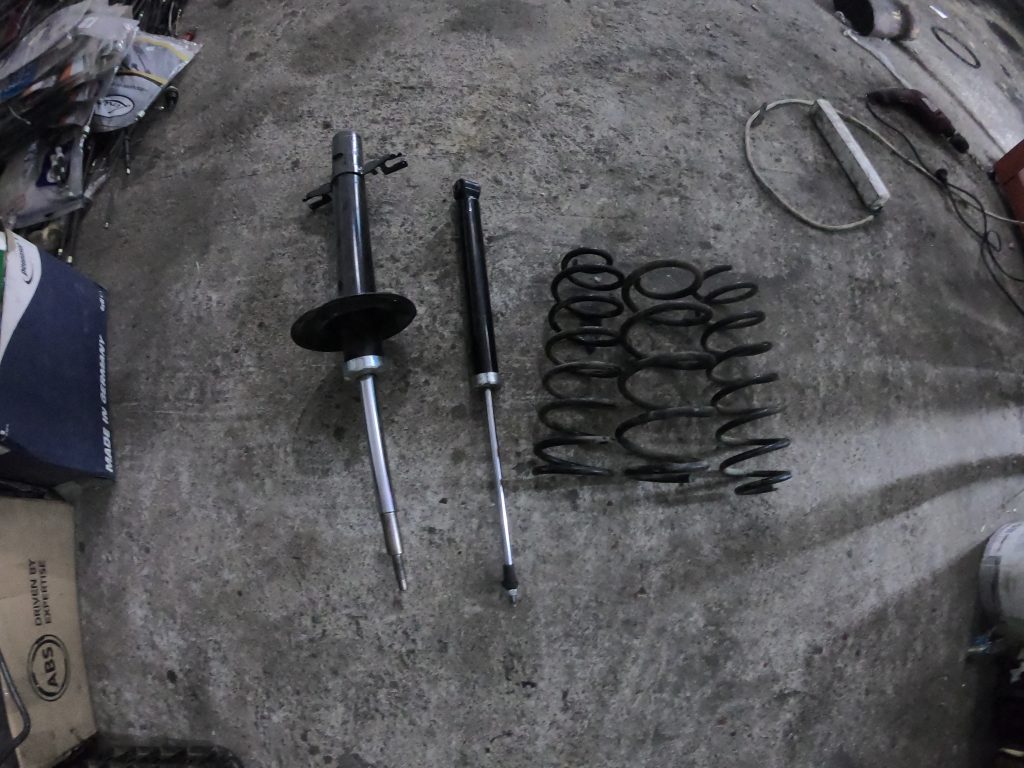The catalytic converter became mandatory as a car component when increasing concern about air pollution became a worldwide issue. It helps to reduce airborne pollutants by turning 90 percent of these harmful emissions into less poisonous gases.
A well-maintained catalytic converter also improves the performance of your car by directly breathing life into its overall health, efficiency, and cleanliness in emitting less fumes.
You can avoid the repair or replacement of your catalytic converter by following your car’s recommended schedule of maintenance. Always keep your combustion, emission, and exhaust systems in good shape.
If you maintain these well, you can extend the lifespan of your catalytic converter by more than ten years.
But in the long run, through wear and tear, a replacement is necessary. If you remove your catalytic converter, you need to put in a replacement unit. You’ll be asking, can I use my car without a catalytic converter after I’ve disengaged the old one?
Yes, your car can still run, and you run the heavy risk of paying fines when the police find out you don’t have a catalytic converter in place. The government takes air pollution seriously and you’re going to pay for it.
If you get to install a new catalytic converter, you will feel more horsepower and torque because there is less backpressure.
INSTALLING A UNIVERSAL FIT CATALYTIC CONVERTER
Universal Catalytic Converters may require modifications to your car’s combustion system, but they are designed to fit a wide range of cars.
They may come in specific designs and can be made compatible with these car brands with some minor alterations.
This is a recommended option if your exhaust system is currently fitted with a universal converter, too, or you are simply in the market for the most cost-efficient fake cat that fits your budget.
It could be that due to the car’s design, fitting in a universal catalytic converter can be difficult. So, it would be best to choose the converter that’s compatible with your car’s combustion system and with other properties that could affect the installation.
THE TOOLS NEEDED TO PERFORM THE DIY PROJECT
You will be required the following tools, equipment and supplies that will set you back approximately only $20 (except for the catalytic converter) if you want to perform the installation of the universal catalytic converter yourself:
- The new universal catalytic converter
- Ratchet and Socket set
- Oxygen Sensor Socket
- Penetrating Oil
- Jack Stands
HOW TO INSTALL UNIVERSAL CATALYTIC CONVERTER
- Make sure to get the correct converter for your vehicle’s model, make and year purchased of your vehicle. Buy a new one, never a rebuilt one.
- Get all your four wheels into the jack stands. Let your car cool off in temperature and let the air circulate before beginning the wrenching process.
- Go to the old catalytic converter. Remove the oxygen sensor and its connectors using the special oxygen sensor socket.
- Remove the bolts at the flanges using your ratchet. Start at the back and work your way forward. Don’t force it because it might be too tight. Spray first with penetrating oil and wait for some minutes to make the metal soften a bit. Give it another try.
- It’s time to swap the old converter with the new one. Replace the oxygen sensor and its fittings too. Just make sure the new universal catalytic converter is firmly in its place. You’re all set to start the car and give it a spin.
- The replacement is not that difficult. It will only be rusty bolts or welded components which makes it complicated or give you a longer time to finish the task. It’s an easy DIY job!
- Confirm first if the check engine light is off after you’re done with the replacement job. Now, start your car. If the check engine light is still on, it could mean a faulty catalytic converter or that the oxygen sensor is defective.
- You can also use a diagnostic scan tool to determine if you need to go back to what you’ve worked on.
DIRECT FIT VS UNIVERSAL CATALYTIC CONVERTER
Aftermarket parts for catalytic converters are available either as direct fit or universal catalytic converters.
DIRECT FIT CATALYTIC CONVERTERS
Direct fit catalytic converters exactly match the design of the OEM part of the vehicle. They are designed to attach into the car without any extra adjustments to the mount space and the exhaust system.
Direct fit is fabricated using both the features and constraints unique to the vehicle into which they will be installed. They are purchased together with their mandatory accessories such as pipe extensions, flanges and brackets.
Direct fit catalytic converters generally are more expensive than universal catalytic converters.
They are best for DIY mechanics who are knowledgeable in replacing catalytic converters and can complete the job without the need to use tools that only shops are usually equipped with. Direct fit is recommended for your vehicle if it has an exhaust system that is still factory fitted or OEM adapted.
UNIVERSAL CATALYTIC CONVERTERS

They come to you in a specific design and are already compatible with a number of vehicle makes. You only need to do some minor alterations.
They generally cost less than direct fit converters. But their DIY installation requires more tools.
You have to cut the pipes to the required length and then fit them into the new converter. You also need to purchase separately associated components and vehicle specific parts, then assemble them together. It might involve a little bit more physical work and time.
Whether you decide to install a universal or direct fit catalytic converter, just make sure it follows the compliance guidelines in your particular state. It is also particularly important that your oxygen sensors, if defective, should be also replaced together with the converter.
TIP FROM A MECHANIC
As a trained mechanic, I understand your sentiments as a car owner to DIY your catalytic converter replacement. As a car enthusiast, you would want to get the feel under the hood of your car or underneath it and do all the replacing and tightening yourself, because in the first place, cars are your passion.
But a word of warning. If you are an amateur mechanic and if you don’t have all the necessary tools at your disposal when replacing your universal catalytic converter, I would recommend that you use a direct fit.
You wouldn’t need to do a lot of analysis and measurement if everything would fit. Using a direct fit is just like using Lego or a toy car assembly set, wherein everything is measured to fit up properly and snugly to all the parts. This is my opinion.
CONCLUSION
Having a catalytic converter always fitted at the back of your car is mandatory, whether it is direct fit or universal. The correct attitude is, when you go DIY, are you prepared with the necessary tools and with the requisite mindset if you opt for the Universal converter option? If yes, proceed. If not go for the much easier and convenient direct fit converter.





